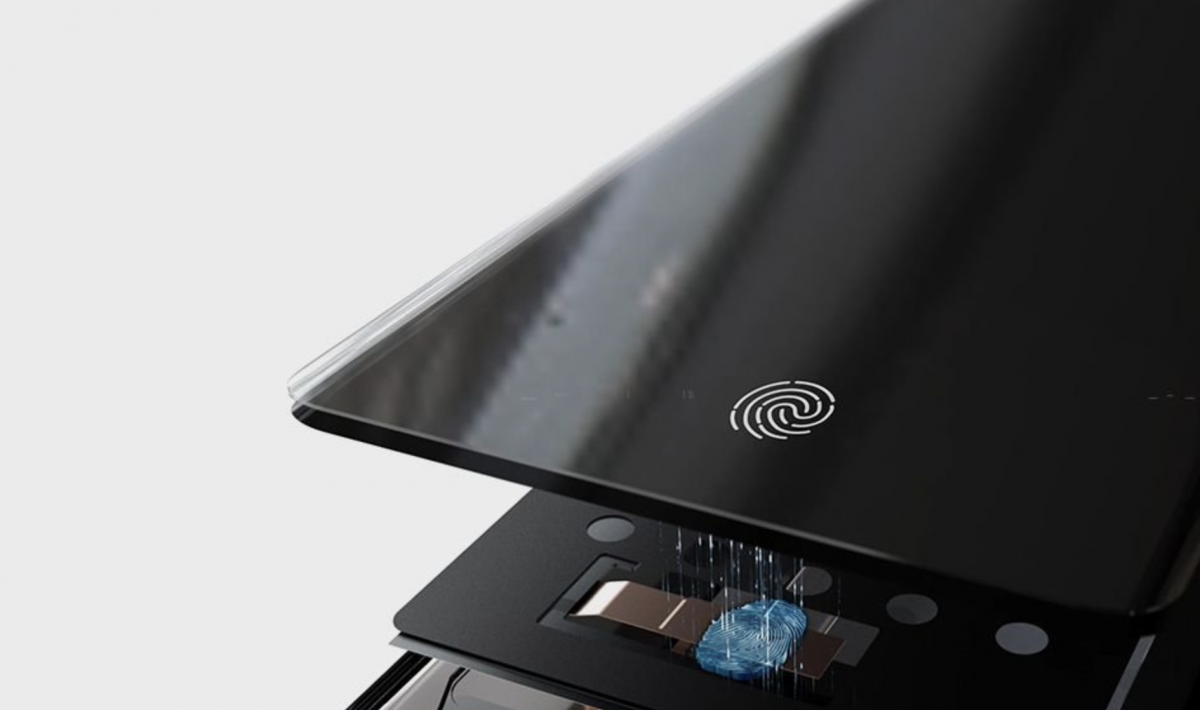In a move to push wider adoption of its in-display ultrasonic fingerprint technology on premium smartphones, Qualcomm on Tuesday inked a strategic deal with the Chinese smartphone display maker BOE. Under this partnership, BOE will offer its customers integrated OLED panels with Qualcomm’s 3D ultrasonic fingerprint sensors built-in. BOE is the second-largest smartphone OLED panel manufacturer on the market and its customer base includes some of the biggest smartphone players such as Huawei, Xiaomi, Oppo and more.
Although more and more smartphones are making a switch to in-display fingerprint sensors, most of them use the optical in-display solution which works by capturing a 2D image of the fingerprint. Qualcomm's 3D ultrasonic sensor is claimed to be faster and more secure than the optical solution but its high cost and unreliable performance has failed to impress the smartphone makers. So far Qualcomm’s 3D ultrasonic technology has only been featured on Samsung phones — notably the Galaxy S10 and Galaxy S20 lineups. Qualcomm is hoping this deal will help propagate the adoption of its ultrasonic fingerprint technology and consequently win more customers.
Through this collaboration, we expect that OEMs will have more opportunities to design cutting-edge products that feature OLED displays made with the Qualcomm 3D Sonic fingerprint sensor technology.
As for commercial availability, Qualcomm says we can expect the smartphones with Qualcomm’s integrated ultrasonic fingerprint sensor to hit the market in the second half of 2020. Apart from phones, Qualcomm also plans to extend the collaboration with BOE in other areas such as 5G, XR and IoT.
Qualcomm debuted its 3D in-display ultrasonic fingerprint technology, 3D Sonic Sensor, back in 2018 with the Samsung Galaxy S10 series being the first to incorporate the tech. Late last year, Qualcomm released an upgraded version called 3D Sonic Max with a 17x larger finger recognition area than its predecessor however we have yet to see a device utilizing this new technology.
Source: Qualcomm

